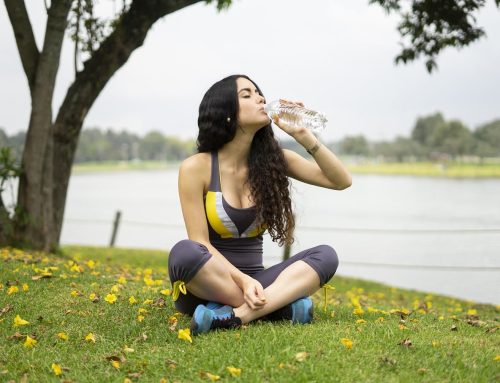Even though it is commonly believed that our bodies are composed of approximately 70 percent water, this is not always the case. When babies are born, their bodies are made up of between 75 and 80% water; however, as humans mature, the amount of water in their bodies gradually declines until it reaches a level of approximately 60 to 65% for men and 50 to 60% for women.
Without water, all living things, including humans, would eventually perish from lack of this essential component. A person may go without food for several weeks at a time, but we can only go about three days without water before we start to feel the effects of it. Water is the most abundant fluid in our bodies, and for it to function at its highest potential, each and every one of our cells, as well as all of our organs, is completely dependent on it. This is why our health and our very lives depend on water.
Even though the proportion of water in our bodies varies from sixty percent to eighty percent, the water’s distribution is not the same in every section of the human body.
According to research that was published in volume 158 of the Journal of Biological Chemistry by H.H. Mitchell, water is dispersed throughout our bodies in the following proportions:
The human brain is composed of 85% water, the human heart is made up of 73% water, the human skin includes 64% water, the human muscles contain 79% water, and the human kidneys are 79% water. The human bones contain between 31% water.
According to Netter’s Atlas of Human Physiology, the proportion of intercellular fluid to extracellular fluid in the body’s total water content is around two thirds to one third.
How well hydrated you are, how much you weigh, your gender, and your age all have a role in determining the amount of water that is present in your body at any given time. According to research conducted by Dr. Jeffrey Utz of the Department of Neuroscience and Paediatrics at Allegheny University, women have a higher percentage of body fat than males do. As a result, their water levels are slightly lower.
- Roughly sixty percent of an adult male’s body is composed of water, whereas about fifty-five percent of an adult female’s body is composed of water despite having more body fat than males do.
- Young children and infants have a higher amount of water in their bodies than adults do;
- Women have a lower percentage of water than males do, and persons who have more fatty tissue than others have a lower percentage of water than those who have less fatty tissue (as a percentage).
To ensure that they are properly hydrated during the day, adult males should aim to consume approximately 3 litres of water each day, while adult females should aim to consume approximately 2.2 litres of water each day. Although it is possible to obtain some of this water from other beverages as well as fruits and vegetables that have a high water content, the majority of this water should be obtained through drinking water.
Source:
The USGS Water Science School






